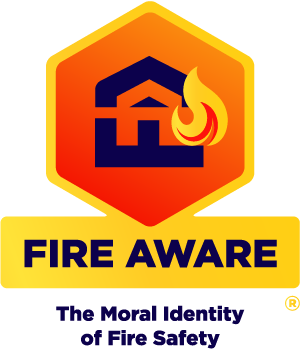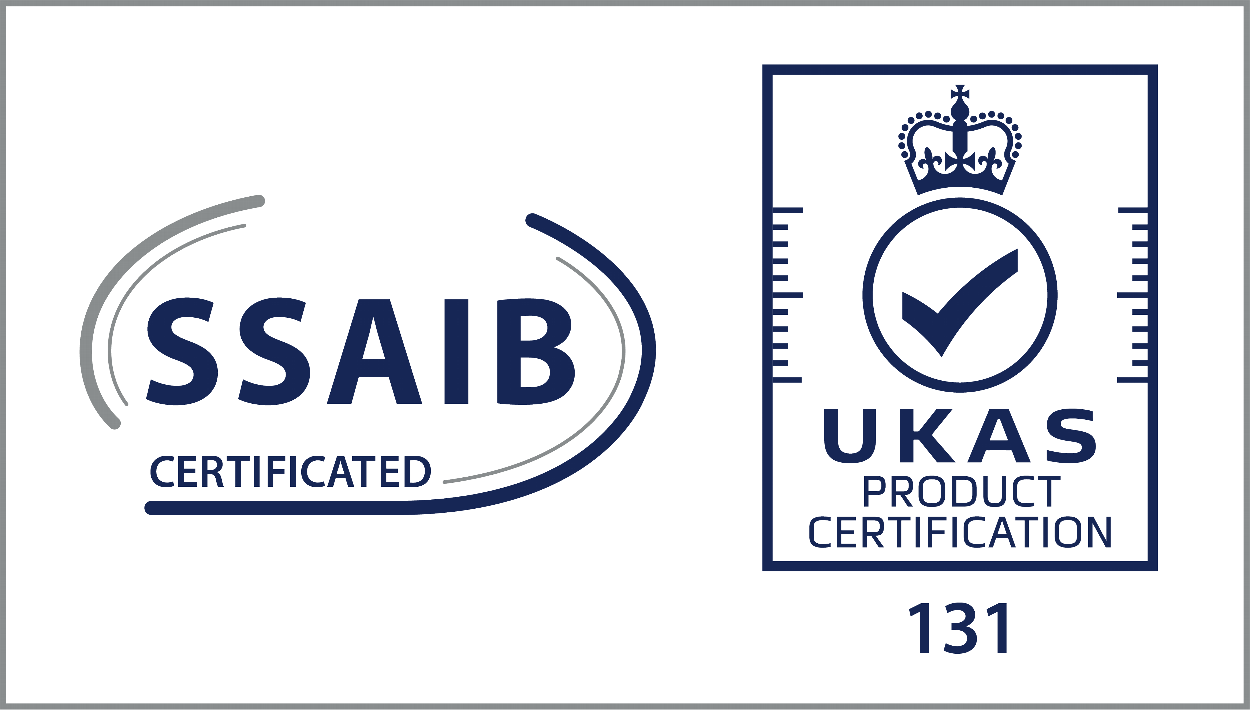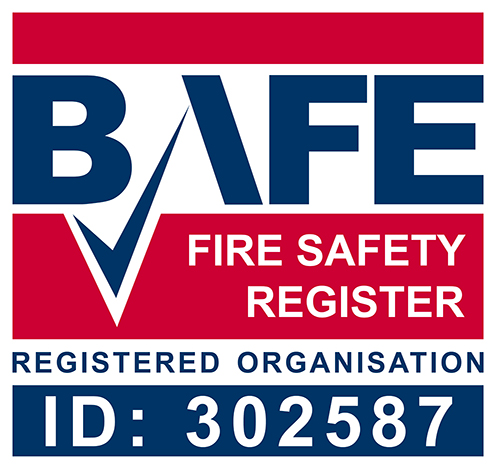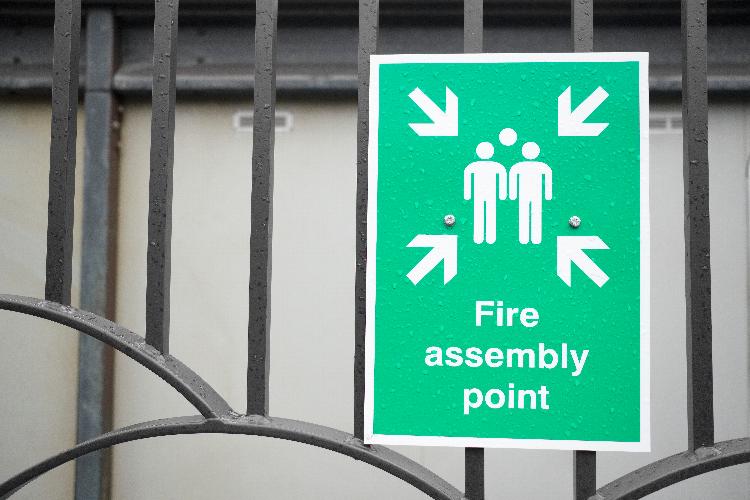So what are the changes you need to know About ?
The Regulations are introduced under article 24 of the Fire Safety Order and are intended to implement the majority of the recommendations made to government in the Phase 1 report of the Grenfell Tower Inquiry.
High-rise residential buildings:
A ‘high rise building' is defined in the Regulations as a building which is at least 18 metres in height or at least 7 storeys;
The Regulations require responsible persons in high-rise residential buildings to do the following:
1. Provide the local Fire and Rescue Service with up-to-date electronic building floor plans and to provide a hard copy of the plans, along with a single page building plan (identifying key firefighting equipment), in a secure information box on site;
2. Provide the local Fire and Rescue Service information about the design and materials of the external wall system and to inform the FRS of any material changes to the external walls. This includes providing information in relation to the level of risk that the design and materials of the external wall structure give rise to and any mitigating steps taken. The external wall system includes windows, balconies, cladding, insulation and fixings;
3. Undertake monthly checks on the operation of firefighting and evacuation lifts as well as functionality checks on other key pieces of firefighting equipment. Any defects should be reported to the Fire and Rescue Service as soon as possible after detection if it cannot be fixed within 24 hours. The checks should be recorded and made available to residents;
4. Install and maintain a secure information box in the building, containing the name and contact details of the responsible person and hard copies of the building floor plans;
5. Install signage visible in low light/smoke which identifies flat and floor numbers in the stairwells of relevant buildings.
11 metres and above
In residential buildings over 11 metres in height, responsible persons are required to undertake annual checks of flat entrance doors and quarterly checks of all fire doors in the common parts.
Multi-occupied residential buildings with two or more sets of domestic premises
For clarity, the description above does not apply to two flats in a converted house or ‘maisonette' where there are no ‘common parts' through which individuals would evacuate but rather is aimed at blocks of self-contained flats.
In premises to which the regulations do apply in this category, the responsible person must now:
1. Provide fire safety instructions to their residents, including how to report and fire and what to do if a fire has occurred, based on the evacuation strategy for a building;
2. Provide residents with information relating to the importance of fire doors in fire safety.
Many Fire and Rescue Services state on their websites how they would prefer to receive the relevant information and the government, in collaboration with Fire and Rescue Services, have produced templates to assist in preparing the information required.
The eagle eyed among us will note that the Grenfell Tower Inquiry's recommendations on Personal Emergency Evacuation Plans (PEEPs) and evacuation plans have not been included in the regulations this time. The government state that this is because the consultation on the issue of PEEPs highlighted the difficulties of mandating them in high-rise residential buildings and that it makes sense to link the recommendation on evacuation plans with that on PEEPs and deal with evacuation as a single issue at a later date.
Who do the new regulations affect?
The regulations impose duties on the ‘responsible person'. This will typically be landlords, building owners and management companies, but ultimately anyone with responsibility as the ‘Responsible Person'.
The introduction of the new regulations may mean increased enforcement and prosecution of those responsible for building and fire safety which can attract heavy sentences in terms of fine or possible imprisonment.
In addition to this, the Building Safety Act will introduce even more onerous requirements later this year in respect of high-rise residential buildings. It is therefore essential that those responsible for the fire safety of a building, be that through ownership, management or simply operating from such a building, understand who is responsible, what those responsibilities are and how to ensure those responsibilities are competently met.
If you need any further advice please give us a call 0800 593 0916 or use the contact form below.
©Wyvern Risk Management Limited 2023. All Rights Reserved.
Registered Company in England & Wales
Registration no 10368490
 Get In Touch - 0800 593 0916
Get In Touch - 0800 593 0916
FAQs
Testimonials
Our Company





